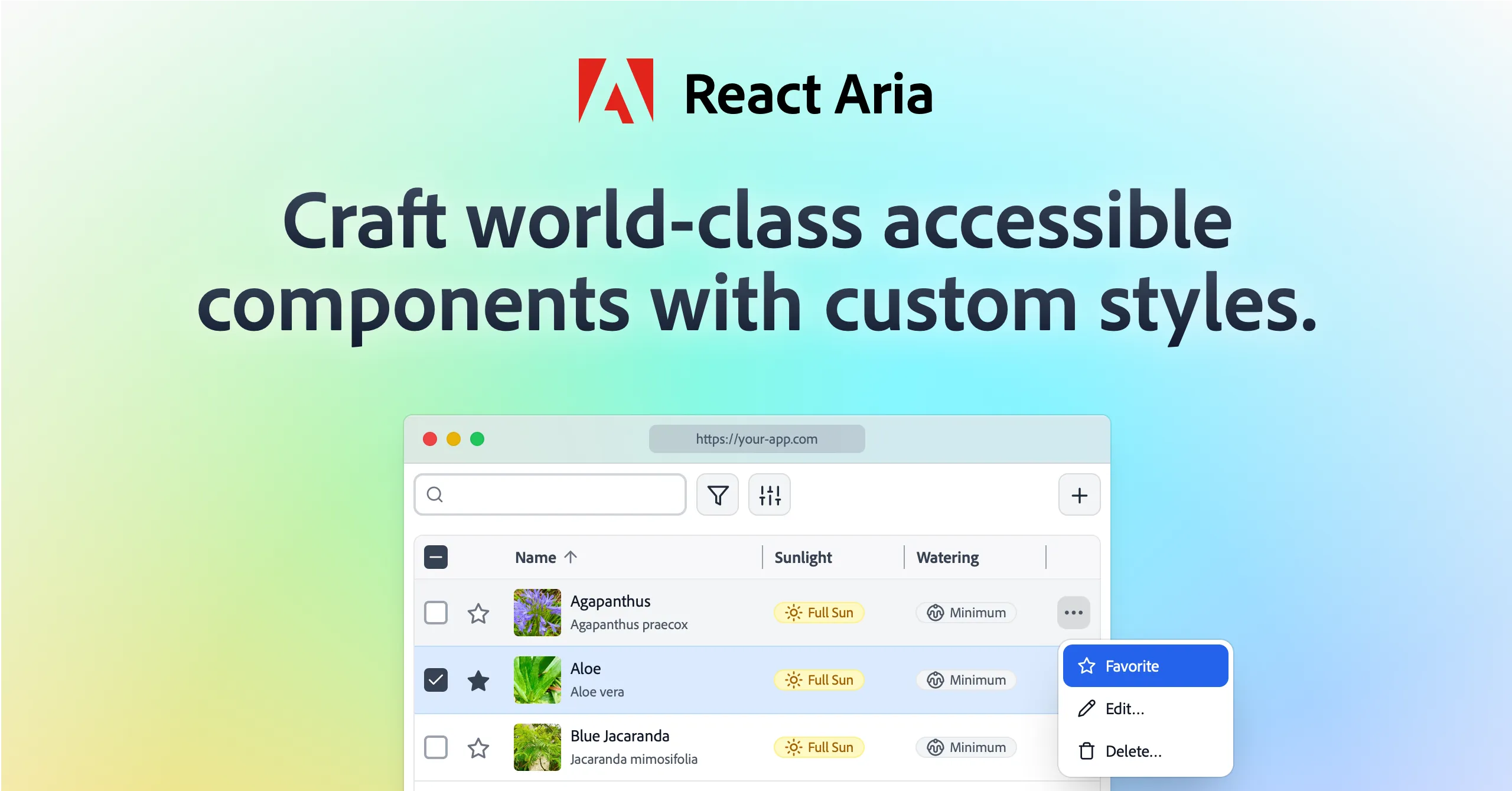This article was primarily generated by an AI for the purpose of demonstrating the content styling and formatting features of this website. The content is for illustrative purposes only.
Welcome! This page is a guide to the different visual styles used on this blog. Specific formatting is used to make articles clear, easy to read, and engaging. Here’s what it all means.
Basic Text Formatting
To help guide readers through articles, standard text styles are used for emphasis.
- Bold text is used for strong emphasis.
- Italic text is used for gentle emphasis or to highlight certain terms.
- Text that is
struck outindicates something that is no longer relevant.
Lists
Lists are used to organize information. They can be bulleted or numbered.
Bulleted List:
- An item of interest.
- Another related item.
- A sub-item with more detail.
Numbered List:
- The first step in a process.
- The second step.
- The final step.
Links
Links to other pages look like this: An example link to the About page.
External links automatically open in a new tab: GitHub, MDN Web Docs, and React documentation are all examples of external links that will open in new windows.
Text styled this way can be clicked to navigate to another page or an external website.
Quotes
When a person or source is quoted, the text is displayed in a distinct block like this:
This is a quote. It stands out from the regular text to show that it's a direct quotation from another source.
Interactive Elements
Certain content blocks, like embedded media and diagrams, have interactive features available only on post pages.
- Hover over these blocks to reveal an expand button (↗).
- Click the expand button to view the content in a full-screen modal.
- The modal view automatically adjusts to the content's size.
- Press the
Escapekey or click outside the content to close the modal.
Special Content Blocks
To make content more dynamic and helpful, a variety of special blocks are used to highlight information.
Callout Boxes
These boxes draw attention to specific types of information. Each color and title has a different purpose.
This is an Info box. It provides additional, nice-to-know information that supplements the main text.
This is a Warning box. It alerts readers to potential risks or advises caution.
This is an Error box. It indicates something that is incorrect or will cause a problem.
Besides the basic callout box types illustrated above, there can be variants with custom emojis and titles.
Use this to call out key points or takeaways.
Provide a helpful suggestion or a shortcut here.
A gentle nudge about something important to remember.
This signifies a critical issue that needs immediate attention.
Embedded Content
Sometimes content from other websites is embedded directly in an article.
Webpage Preview: A preview of another webpage may be displayed, which can be clicked to visit the page.
YouTube Video: Videos may also be embedded, which can be played directly on the page.
Tweets
Tweets can be embedded and expanded for easier viewing.
Tables
Tables are used to present structured information in a clear and organized way.
| Category | Status | Description |
|---|---|---|
| Text Formatting | ✅ | Used for emphasis and clarity. |
| Lists | ✅ | Used to organize information. |
| Links & Images | ✅ | Used to provide navigation and visuals. |
| Callout Boxes | ✅ | Used to highlight important messages. |
For Technical Articles
In more technical posts, specialized formatting is used for code and diagrams.
Code Blocks
Code examples are presented in formatted blocks with syntax highlighting to make them easy to read.
// This is what a JavaScript code block looks like.function greet(name) { console.log(`Hello, ${name}!`)}Some code blocks may have a title. They might also be partially collapsed, with a button to expand the hidden lines, which is useful for focusing on the most important parts of a long example.
def fibonacci(n):3 collapsed lines
if n <= 1: return n return fibonacci(n-1) + fibonacci(n-2)
print(fibonacci(10))Other times, the differences between two pieces of code may be shown. Lines with a + and a green background have been added, while lines with a - and a red background have been removed.
# Shell commandsnpm installnpm run devpnpm installpnpm run devDiagrams
Diagrams may also be used to illustrate concepts and workflows. You can also view and copy the source code of each diagram.
The diagram syntax used here is D2.
Site-Wide Features
Light and Dark Themes
You can switch between light and dark themes using the button in the top-right corner.
By default, the theme matches your system's settings. When you manually select a theme, that choice is saved and overrides the system setting. To restore the automatic theme selection, you need to clear this website's cookies in your browser.
Wrapping up
This guide should help readers understand the look and feel of the blog. Enjoy reading!
